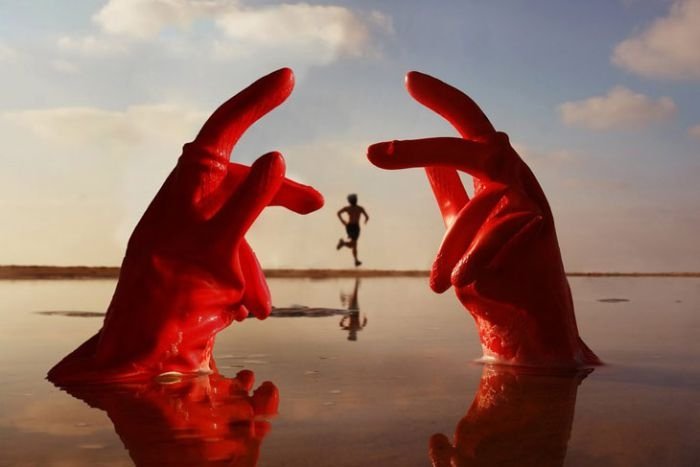|
|
Photography By Hermin Abramovitch
|
Following in Schad's footsteps, László Moholy-Nagy created photographic prints by laying objects on sensitized paper and exposing the whole set-up to light. In line with constructivist notions of industry and the machine age, Moholy-Nagy's work was composed with pieces that had a very industrial feel or look to them. His compositions, which he called photograms, were experiments with the boundaries of photography. Moholy-Nagy's work explored the abstract capabilities of photography, extending the medium beyond its typical use of reproducing literal images of the world. He wished to show through his works that which the naked eye alone was not capable of seeing.
Surrealism
Photography was an essential part of the Surrealist movement, as it could act as a visual method of free association. Many Surrealist photographers chose to work in this vein, literally shooting from the hip and taking photographs without framing the shot in the viewfinder first. Man Ray's work was more calculated than that; instead he chose to keep with the trend of cameraless photography. Ray made photographs following a similar process to that of Schad and Moholy-Nagy, but used different objects to form his compositions. Ray renamed the process once again, calling his works rayographs.
|
|









